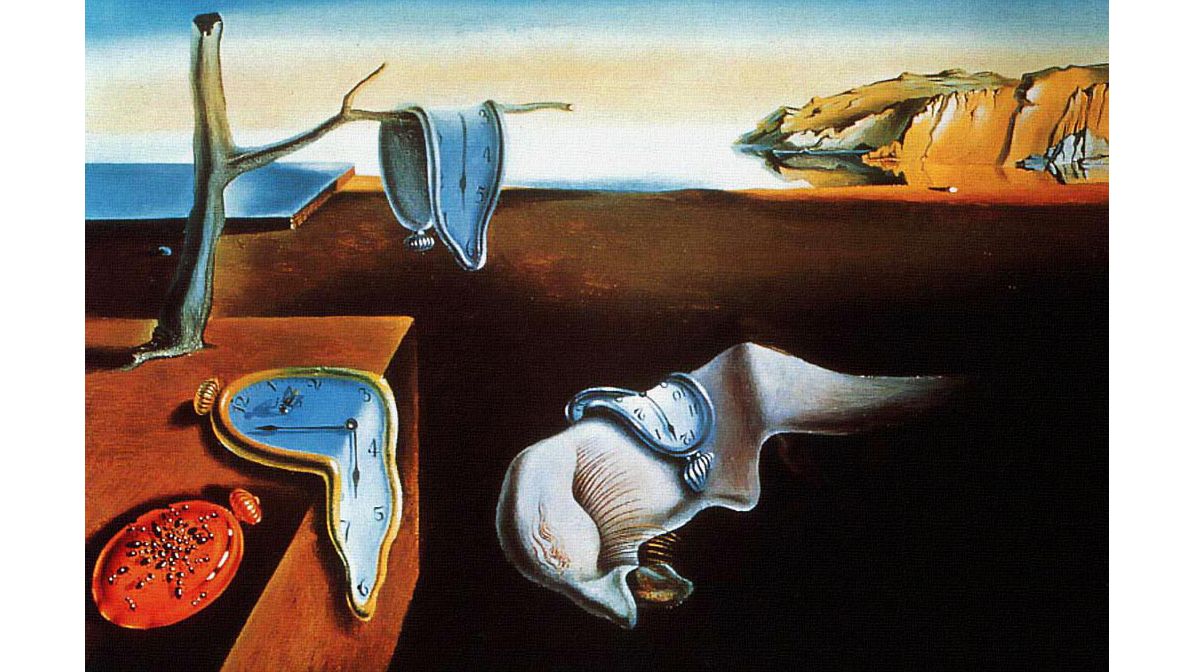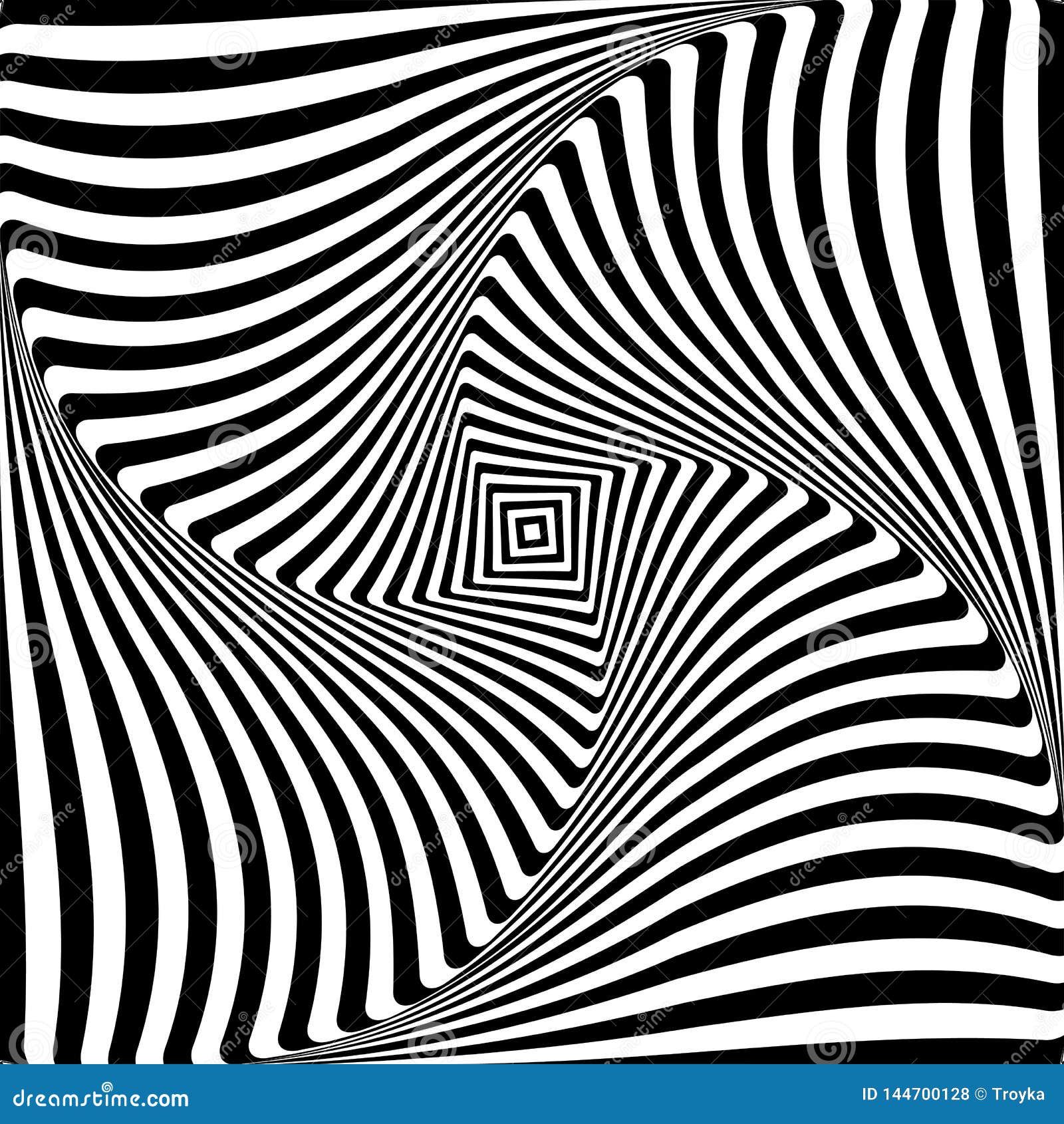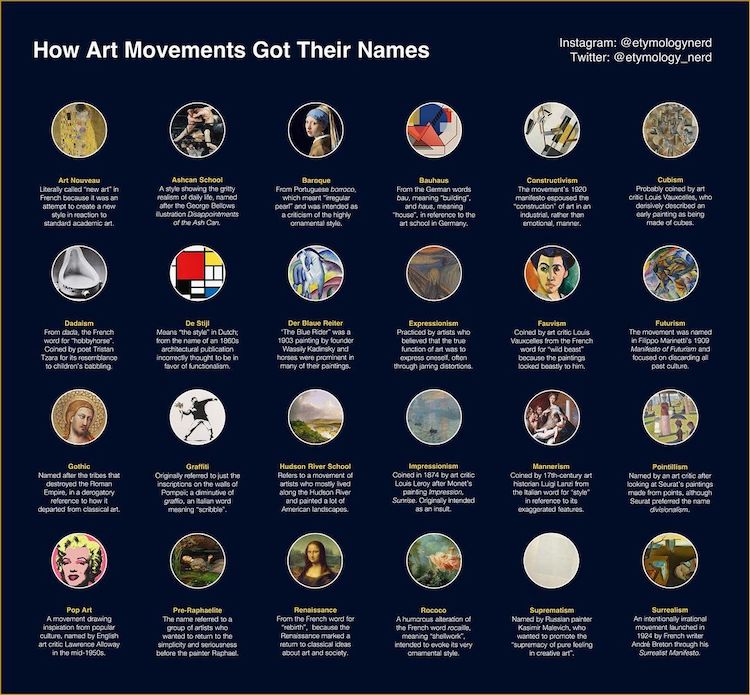Table Of Content

Reality TV gave us a false sense of reality, while the 2004 Boxing Day Tsunami provided a harsh awakening worldwide. Tokyo- and Paris-based fashion designer Yohji Yamamoto made waves with avant-garde style, natural materials and a zero-waste approach to design. With the conclusion of the Vietnam War, it was a cheerful time in the world, and design followed suit. Along with the happy warm gradients, we saw an emergence of rainbow themes, like the iconic Partridge Family TV show’s logo, which features saturated rainbow colors on charming birds. Drawing on many of the tenets of Postmodernism, the Memphis design aesthetic challenged the neutral, understated, functional Modernism that preceded it. With its roots in furniture design, the Memphis Group collective was founded by Italian designer Ettore Sottsass in the 1980s, and existed for just six years.
Paul Rand's logo designs
Each character has the same width, meaning that the letters represent interchangeable spaces on the page. The type was therefore extremely easy to work with and could be adapted to typewriter keyboards and typesetting machines. These aspects of the design perfectly sum up the Bauhaus emphasis on functionality and mass producibility. Like Breuer, Bayer was one of the younger members of the Bauhaus's golden generation, born in Austria in 1900.
Mid-century modernism: 15 iconic examples

However, the aesthetic would go on to be expressed in modern architecture, as visions of mechanised cities defined by towering skyscrapers became a reality, while artists such as Tullio Crali kept the style going into the 1930s. So, now you can use art and design movements to build a common language and understanding with your team and stakeholders. The same goes when working with users; you can use these movements to know what they stand for. Just make sure, beforehand, that the audience of your product won’t feel patronized by these references. Brands and services that are intuitive, remove distractions, filter choices and personalise content have come to the fore in this millennium as they make day-to-day living simpler. Complex data is visualised to help consumers decipher what they need to know, and designers are crafting objects that integrate into our daily lives, building convenient solutions into products themselves.
Later Developments - After Light and Space
The British architects, Peter and Alison Smithson, described the house as ‘a cultural gift parcel’. Its fusion of the mass-manufactured and folkloric appeared in the Eames films and graphic projects, like their 1952 interlocking House of Cards game, for which Eliel Saarinen coined the term ‘spiritual function’. Leading figures in Constructivism included graphic designer, photographer and sculptor Alexander Rodchenko and artist, designer and architect El Lissitzky. While Tatlin and Rodchenko remained in the Soviet Union, Gabo and Pevsner helped spread the Constructivist aesthetic to Germany, France and later England and the US. Strongly influenced by both Cubism and Futurism, Constructivism was an artistic and architectural movement initiated by Soviet painter and architect Vladimir Tatlin, who co-authored the so-called 'Realist Manifesto' in 1920 with sculptors Antoine Pevsner and Naum Gabo. Meanwhile, garage bands in Seattle started experimenting by fusing punk and metal sounds.
Whether they happened 150 years ago or 30 years ago, the impact of many of these is still felt today – you may even have felt their influence without knowing it. These things often move in cycles, particularly with the contemporary trend for retro aesthetics. The DIY and RIY (repair-it-yourself) movement is being fuelled by a variety of factors, including economic ones.

How to use principles of Art Nouveau for modern businesses
Transparency in the production process is another key factor in craftsmanship's newfound demand. After years of mass-produced, sometimes unethical practices, consumers are keen to understand a product's heritage. And the best way to communicate this is for brands to showcase not just the production process, but the people behind it. In the face of global political and economic events outside of our control, as well as the mass-produced ubiquity of certain products, consumers are reminiscing fondly about the past and placing more value on the objects around them, choosing quality over quantity. So far we've brought you the biggest graphic design trends you need to know about this year.
Meanwhile, Lissitzky influenced the artists and architects of the Berlin-based de Stijl movement, as well as Hungarian painter and photographer László Moholy-Nagy, a professor at the Bauhaus. Design warmed up in the ‘70s, both literally and figuratively, thanks to captivating colors, thick lines, and eye-catching floral patterns. It was a time when design felt mellow and chill, while simultaneously impactful and striking. It stimulated the senses through fantasy imagery, kaleidoscopic and spiral patterns, ultra-bright colors, extremely intricate detail and groovy typography.
Many mid-century modern houses were designed as private residences, and Pierre Koenig's iconic Stahl House is one such example. It was built in 1959 as part of the Case Study Houses program – and is also known as Case Study House #22. In the USA, mid-century modernism was reflected in the design of Linen Type postcards, which largely comprised national view-cards of American cities, buildings and monuments.
Examples of graphic design can be found almost anywhere—web pages, social media sites, apps, billboards, commercials, flyers, and so on. Graphic design is the art of visual communication that combines typography, imagery, color, and form to convey information to an audience. It can be produced on any kind of surface—canvas, stone, pottery—or how it’s perhaps most recognized today, on a digital screen. Today, the graphic design industry is valued at around $41.8 billion dollars globally—and it’s only expected to keep growing as technological advancements and designers continue to raise the bar and redefine what is possible.
There were no shortage of empathetic corporate partners in the expanding US post-war economy at a time of rapid advances in materials and production processes and their democratic view of design struck a chord in an era of growing affluence. Throughout the 1950s, their furniture was exhibited in the Good Design displays with which MoMA (New York), sought to raise the public's awareness of design. Unsurprisingly, the house and its contents epitomised Charles and Ray's approach to design and their ‘good life’ concept of celebrating the beauty of everyday objects as well as precious ones. At the house, a dried-out tumbleweed they picked up while on their honeymoon hung alongside a Franz Kline painting. Toys, masks, and other folkloric souvenirs collected from their travels were laid out on tables next to stones, buttons, pieces of bark and favourite books.
For sure, our motivations and skills are different, but this doesn’t mean that we can’t learn from art styles and use them as a reference. Before you keep reading, just take a few seconds to think of ways in which art can be useful for your work. His book cover designs for McGraw-Hill Paperbacks are standout examples of this style, communicating diverse and complex topics. His illustrations for Modern Nuclear Technology, for example, and Personality and Psychotherapy, use simple, graphic, overlapping shapes – a characteristically mid-century modern technique. Streamline style can be contrasted with functionalism, which was a leading design style in Europe at the same time. One reason for the simple designs in functionalism was to lower the production costs of the items, making them affordable to the large European working class.[14] Streamlining and functionalism represent two different schools in modernistic industrial design.
Idalia Rd. reconstruction design moves forward Legislature rrobserver.com - Rio Rancho Observer
Idalia Rd. reconstruction design moves forward Legislature rrobserver.com.
Posted: Wed, 14 Feb 2024 08:00:00 GMT [source]
The development displays Gaudi's innovative design capabilities, even though the only homes completed were his own house plus one other residence and the project is generally considered a financial failure. The park's design is thoroughly integrated into the landscape, with rough-hewn inclined columns seemingly excavated out of the hillsides and covered by vines. The centerpiece consists of a columned market space supporting an open plaza bounded by a serpentine bench covered with a conglomerate of discarded ceramic tiles, called trencadís, a hallmark of Catalan craftsmanship. The market is connected to the Parc's entrance by a grand staircase with a tiled fountain sporting the face of a dragon and the striped Catalan flag.
As with Gaudi's work, the highly ornamental building, articulated everywhere by tilework, stained glass and stone produces a lively, polychromed effect that keeps the viewer's eye moving and reminds one of the harmonious unity of the applied arts here in creating a "total work of art." It is an elusive work consisting of a singular painted concave aluminum disc, five feet in diameter, placed twenty inches out from the back wall and lit from multiple sources of light. Despite the mundane list of materials, the disc appears to nearly dematerialize and hover in space. The edge of the disc is hard to define visually as it forms fluidly out of the interplay of light and shadow, and the defined edges of the concrete object disappear. This photograph captures a single ephemeral moment in a continual interaction of light and space, and, aware of this, in the 1970s Irwin refused to allow any of his works to be photographed because he felt that the experience of his work could not be captured in the medium.
This resulted in long-standing relationships between fabricators such as Jack Brogan with the Light and Space artists, to create such monumental works as Irwin's prismatic columns, as well as the maintenance and conservation of Bell's glass cubes. Others, including De Wain Valentine and Fred Eversley, created their own technologies. In 1966, Valentine partnered with Hastings Plastics to produce his Valentine MasKat Resin, which made possible his monumental circles and columns, like the famous Grey Column ( ), a massive polyester slab standing twelve feet tall and weighing two and a half tons.
Something of a legend in graphic design circles, Paul Rand is also a pioneer of mid-century modern graphic design, applying the principles of bold geometric shapes, clean lines and graphic symbolism to his logos for the likes of IBM, UPS and ABC. Googie is an odd word; a funny word; a word that feels like it’s doing a few vowel-drenched laps around your tongue before finally flopping out of your mouth. Oddly enough, Googie was used as a deragatory term almost from the start — born in Southern California and named for a West Hollywood coffee shop designed in 1949 by John Lautner, a student of Frank Lloyd Wright. Architecture critic Douglas Haskell was the first to use “Googie” to describe the architectural movement, after driving by the West Hollywood coffee shop and finally feeling like he had found a name for this style that was flourishing in the postwar era.
It grew out of the 'anti art' Dada movement in the early 20th century, but in place of Dada's often nonsensical, satirical vibe – a negative reaction to the horror and futility of war – it brought a much more positive creative expression. Style, elegance and sophistication are the order of the day in an Art Deco design, communicated through simple, streamlined shapes; stylised, often geometric ornamentation and elaborate use of expensive materials, both natural and synthetic. From the trippy quirks of psychedelia to the efficiency of responsive design, we’ve taken a look at how design through the decades has evolved, particularly in western countries, through the digital era. As design continues to twist and turn, who knows what we can expect to see in the future. Shorthand for “the year 2000,” Y2K referenced a computer programming shortcut, which was expected to wreak havoc on global society as we transitioned from 1999 to 2000.

No comments:
Post a Comment